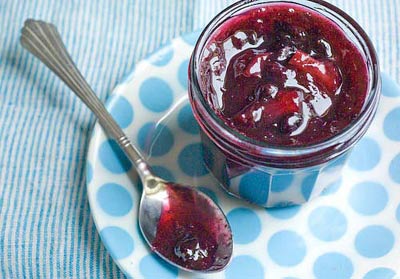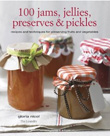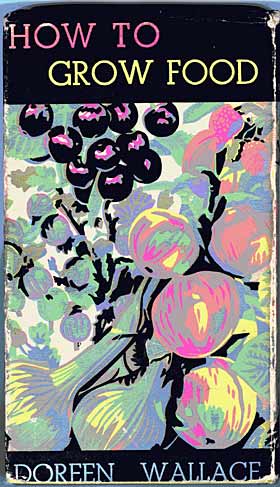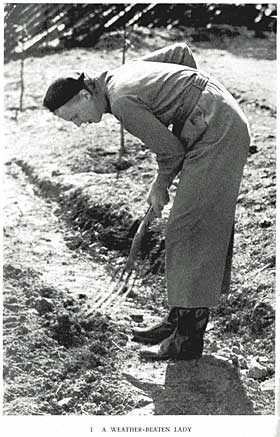
Last week I posted on the Guardian Organic Allotment blog and, though seemingly out of season berry-wise, wrote about planting blueberry bushes for jam. The recipe I included for rhubarb, blueberry and lime jam is a real favourite of mine, so to keep things in order and so’s regular readers don’t miss the recipe, I’m posting it here as well.
I only ever have small quantities of blueberries to play with but this recipe makes a little go a long way when used in combination with rhubarb and they add such a great colour to the jam. I buy up reduced priced punnets at the supermarket when I find them for a snip, up to their use by dates but still nice and fresh, then I freeze them to add to muffins, pancakes and jam. In summers to come, I hope to have a plentiful supply of my own berries, from the bushes I’ve just planted on my allotment. I’d much rather use ingredients that come from down the road rather than the other side of the planet. Well that’s the idea anyways.

RHUBARB, BLUEBERRY AND LIME JAM
Makes 1.25kg (2 3/4lbs)
600g (1lb 6oz) rhubarb
300g (3/4 lb) blueberries
2 limes, the zest and juice
700g (1lb 8oz) sugar
Wash rhubarb, top and tail then chop into evenly sized pieces (I usually run a knife down the middle of the stalks then chop into roughly 1cm sized pieces). Place in a glass bowl and pour the sugar over the top. Cover with a plate or cling film and leave overnight, by which time the sugar will have soaked up the juice from the rhubarb.
Place the grated lime zest and blueberries in a pan, adding 3 Tblsp of lime juice. Heat gently and simmer for 15 minutes with the lid on, until the berries are cooked and surrounded by juice.
Prepare your canning bath and jars if planning to hot water process your jam, or put clean jars and lids in a cool oven for 20 minutes to heat and sterilise them.
Pour the rhubarb and sugar into a jam pan and stir over a low heat until the sugar is completely dissolved. Add the blueberries and lime, turn up the heat and cook at a rolling boil until setting point is reached (a small dollop of the syrup on a cold plate will readily form a skin when left to cool slightly). It took me 10 minutes to achieve this and I advise that you keep an eye on it and give the occasional stir whilst it cooks as the mixture is apt to burn if you’re not careful. Skim if necessary. Pour into hot sterilised jars, put a circle of waxed paper on the surface of each one and seal. Alternatively, pour into hot canning jars leaving the correct headroom for your type of jars, seal and process in a water bath for 10 minutes.
This jam has a nice soft set that suits me fine. If you prefer your jam to ‘cut’ rather than dollop substitute all or half of the sugar with preserving sugar that includes added pectin.







